Most of us are aware that not all plastics are ideal for drinking glasses. Some may even be toxic. But recent reports have suggested that some drinking glasses may have risks as well. So what are the safest drinking glasses? We've checked the reports and recommendations to let you know exactly why your glasses may not be safe and how to pick ones that are.
Most glass is safe for drinking, as glass is generally nonporous and nonleaching. However, some glass does contain lead and other toxins that should be avoided. Stick to clear glass marked "soda-lime" if you want an easy way to find nontoxic glasses.
Keep reading, and we'll explain exactly why certain kinds of glasses aren't safe. We'll cover how glass is typically made and why most kinds are worry-free. We'll give you some pointers on picking out safe, nontoxic glassware (even colored glass). Finally, we have a few recommendations on brands and styles that rate high for safety and strength.

The Safest Drinking Glasses
Glass is typically an inert, non-leaching material. Most types of glass have little risk. That's what makes it a great choice if you're worried about health and safety. There is generally no concern about what your drinking water is picking up.
However, there are two important exceptions. Be cautious about decorative or painted glass. While the glass itself may be safe, many paints or enamels are not.
In addition, lead glass is a potential hazard. In this type of glass, the calcium is replaced by lead.
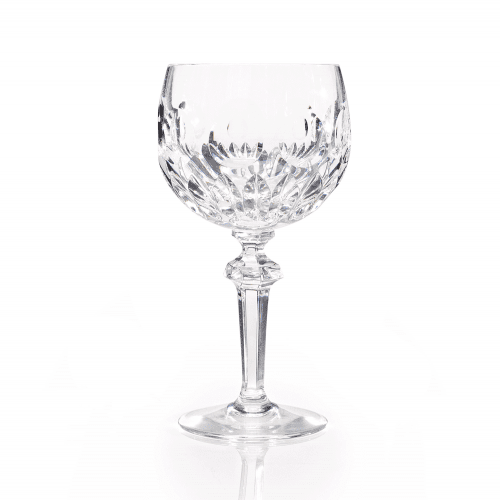
The risk posed varies depending on how much lead is in the glass. The drink or food itself can also change how much lead leaches out and how quickly.
The biggest threat is when this kind of glass is used for long-term storage. Drinking glasses rarely fit this bill. But if you, for example, make homemade wine and keep it in a leaded glass decanter for months, this can be very dangerous.
Because it's difficult to accurately tell just where the "safe" level is for leaded glass, most experts recommend avoiding it altogether.
What Type Of Glass Is Nontoxic?
Most types of glass are nontoxic, though two particular types to consider are soda-lime glass and borosilicate. If you're shopping for new glasses, these are excellent and safe options.
Soda-Lime Glass
Soda-lime is the most common glass for ordinary consumer use. It combines sand, soda ash, and lime.
It's useful in many applications, not just drinking glasses. In fact, it makes up about 90% of all glass manufactured worldwide.
Soda-lime is cheaper and more affordable to make. However, it's also less durable than the other option listed—borosilicate. It can crack from hot liquids and is more prone to breaking in general.
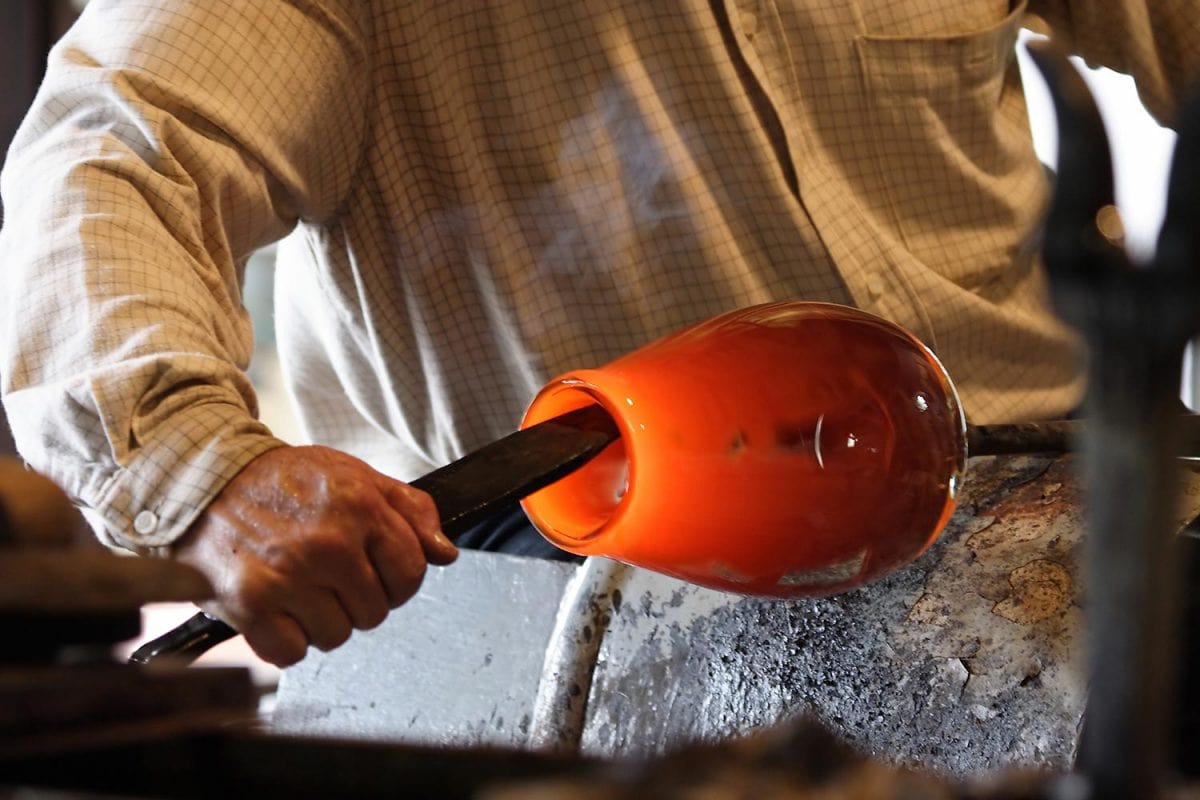
Borosilicate Glass
Borosilicate glass essentially uses the same key ingredients as soda-lime. It just uses different proportions. Specifically, it has more silicon dioxide and boron trioxide.
This type of glass is thermal-shock resistant. This means it doesn't crack, even when holding hot liquids. It's also harder, making it less likely to break. For the same reason, it can also be molded into unique or complicated shapes.
It can be used for a lot more than just drinking glasses. It's common in science labs, particularly because it resists acid erosion. This may not be a factor in your kitchen, but it makes for an interesting side note anyway.
Borosilicate may be slightly less common than soda-lime because it's a bit more costly. But it's far from unheard of and still a very good choice for drinking glasses. If you want to spend a bit more to have a tough set of glasses that last for years, this is it.
Are Colored Glasses Safe To Drink From?
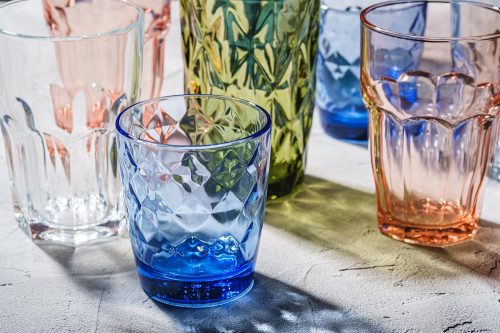
Colored glasses may or may not be safe to drink from depending on several factors.
- First, identify whether the glass contains lead. The easiest way to do this is by tapping a fork or butter knife gently against the side. Simple glass clinks, while lead makes a ringing sound. In general, the more lead, the longer the ringing.
- Next, is the color actually paint? In most cases, it's easy to tell that the color is not the glass itself. Rather, decorations from paint are on the outside of the cup. This paint may not be safe or food quality and is usually best avoided.
- Finally, lightly scratch the cup itself. If it's easy to remove the surface color, then it is paint, enamel, or spray. This may not be safe.
It is possible to make safe colored glass, and the color itself is not a sign that the glass is unsafe. There are plenty of acceptable ways to add color to the glass. For example, iron oxide gives many glass beer bottles their blue-green color.
However, it can be very difficult to determine whether a glass is safe just by looking alone. The tips listed above can help sort out some common confusion.
When in doubt, remember that sticking to natural, clear glass may be the best option. Even items made from recycled glass may contain traces of lead.
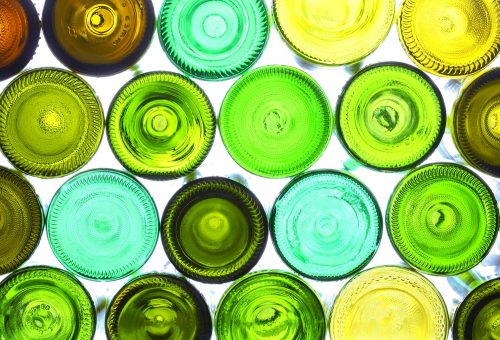
Are Libbey Glasses Good Quality?
Libbey glasses are BPA free and lead free, making them a safe choice. Many reviews online recommend them as good quality. They are well-made, durable, and tough.
In 2015, the company introduced a new process to make their glasses, which they call the "Perfect Signature" collection. With this new system, they say that they offer the strongest soda-lime glassware in the US.
This means that their glasses are still more affordable than borosilicate but more resilient than other soda-lime. Amazon reviews seem to agree, like this well-rated basic set.
Click here to see these Libbey glasses on Amazon.
Best Drinking Glasses For Everyday Use
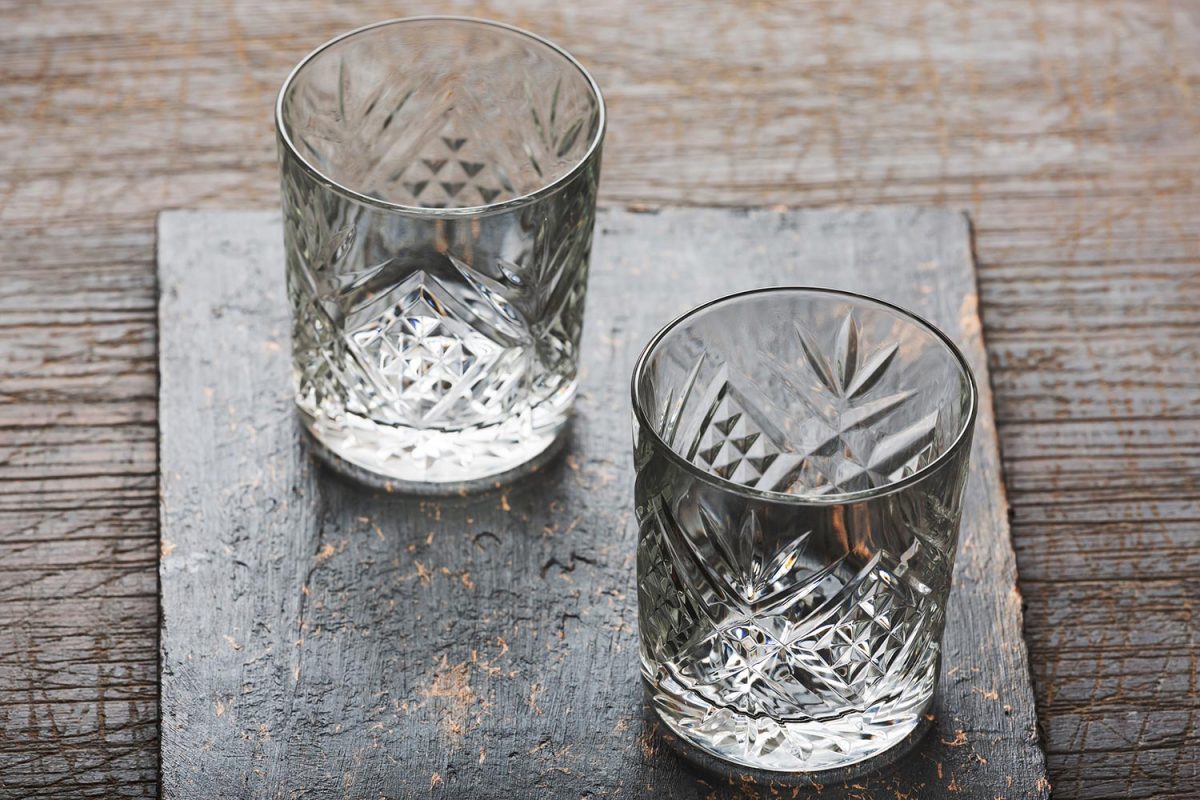
While drinking glasses come in many colors, styles, and materials, we've decided to stick to "real glass" with our suggestions. This list includes only lead-free glass. It also sticks to clear glass to avoid worries about paint or incidental recycled lead.
Libbey Classic Can Tumbler
Libbey is well known as one of the best drinking glass manufacturers in the US. Any number of their products could make a list like this. However, this one offers a unique style along with their usual impressively tough glass.
It's lead free and dishwasher safe. You can use it for regular drinking water or make it an interesting way to serve a cocktail. The set contains four 16-ounce glasses.
Click here to see this glass set on Amazon.
Bormioli Rocco Rock Bar
These glasses are useful for both hot and cold beverages. They are thermal-shock resistant and can stand the heat.
They're crack and chip resistant. And if you're short on space, they are even safe to stack.
They come as a set of six, and each glass is 12.5 ounces. They are dishwasher safe and made from tempered glass. The glasses are lightweight but can still withstand frequent use for years.
Click here to see these rock bar glasses on Amazon.
Duralex Picardie Glasses
If you need a complete set of glasses, these by Duralex fit the bill. They offer three different sizes in one set for 18 glasses in all.
Six glasses come in a fairly standard 8 and 3/4 ounce glass. The next size up is 12 and 5/8 ounces with another six glasses. Finally, the largest six glasses in the set are a full 16 and 7/8 ounces.
Duralex has a great reputation for long-lasting, well-made glasses. Their tempered glass is two and a half times more resistant to chipping or cracking than ordinary soda-lime glasses.
The glasses are dishwasher, fridge, and microwave safe. According to Duralex, the Picardie line is the "Orginal French Tumbler."
Click here to see this Duralex Picardie glass on Amazon.
In Closing
While glass is generally a safe, nonporous, non-leaching material, there are a few things to watch out for. To ensure that your glasses are nontoxic, avoid all use of leaded glass. Determining a "safe" level is unrealistic. Similarly, there's no way to tell how much lead you might actually ingest.
Paint or enamel on the surface of glasses can also be toxic. It's hard to tell just by looking whether the paint was sprayed over the surface or the glass itself is colored. For this reason, the safest option to avoid any toxic substances is to stick to clear glass.
Most glass is soda-lime. A more durable choice but still nontoxic is borosilicate glass. Either material is perfectly acceptable for drinking glasses that are safe and pose no special risk.
If you enjoyed this article, try these next:
Do Corelle Dishes Contain Lead?





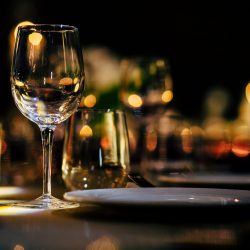

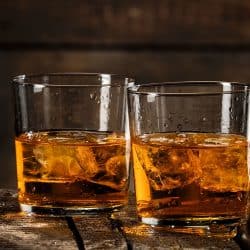
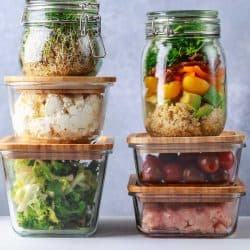
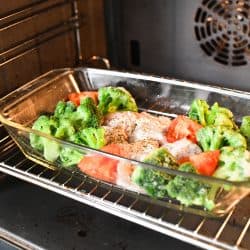
![Pouring of fresh water into glass on table in kitchen, Do Drinking Glasses Wear Out? [And How To Prevent That]](https://kitchenseer.com/wp-content/uploads/2022/03/Pouring-of-fresh-water-into-glass-on-table-in-kitchen-250x250.jpg)